Helsingborg's Pilot City Activity: Pilot City Helsingborg Innovation District: Co-creating for Climate Neutral Building and Construction in Oceanhamnen

Background
The pilot activity aims to be a pioneer for the built environment, by testing innovative solutions in the city’s district of Oceanhamnen to achieve net-zero construction via Life-cycle Assessment (LCA). It will primarily focus on emissions in the building and construction sector.
The building and construction sector includes various aspects, such as residential buildings, public facilities, commercial structures and industrial facilities. These emissions are primarily attributed to two key sources:
1. production and transportation of construction materials (steel, concrete, etc.) outside the city boundaries and
2. on-site construction activities, including the use of machinery, equipment during the building process and localised within the city.
The pilot activities will address the following barriers:
1. Bureaucratic: administrative processes, conflicting regulations, and lack of streamlined procedures.
2. Procurement barriers in climate-neutral practices in the construction sector.
3. Business risk and uncertainty.
4. Creating incentives for cost-competitive climate-neutral practices.
5. Build a collaborative network in the city to overcome barriers on tracking emissions in the construction sector, dispersed across various statistical categories.
6. Acceptance from decision-makers (including politicians, civil society, land developers and building constructors).
7. Regulatory obstacles: Oceanhamnen can act as a sandbox for new practice and solutions to overcome regulatory barriers.
Description of Activities
Implementing a living lab in the Oceanhamnen district.
The proposed pilot activity is centered in the Oceanhamnen district, where the city’s goal is to foster stronger connections between the City Planning and Technical Services Department, business practitioners, associations, constructors and residents, putting in place robust methodologies for LCA thinking.
Key activities:
- Information sharing to foster a climate efficient real estate and construction sector in Helsingborg. Strong scientific and research angle on methods and standards, including economic and environmental value analyses with a life cycle perspective to understand the risks and opportunities to influence decision-making process and actions in the city.
- Stakeholder engagement: organising capacity-building activities and cross-departmental meetings within the city.
- Testbed action in Oceanhamnen: structure innovation initiatives within the context of testing areas in real-world environments. The deployment of these functions will provide a solid framework for creating innovative solutions and approaches, effectively turning Oceanhamnen into an active testing ground for creating a climate neutral city district.
Objective
The pilot activity aims to be a pioneer for the built environment, by testing innovative solutions in the city’s district of Oceanhamnen to achieve net-zero construction (via Life-cycle Assessment).
Are the pilot activities building upon or part of a previous and/or existing activity?
The pilot builds on the H22 initiative, a three-year, EUR 25million innovation endeavour launched in 2019. The initiative aimed to foster a city-wide culture of innovation, encourage stakeholder collaboration and co-create sustainable options.
This initiative successfully transformed the city into a thriving hub for green innovation, bolstering the city’s ability to forge strategic partnerships.
Which emissions domains will the pilot activities address?
Systemic transformation – levers of change the pilot activities will exploit
Stakeholder types that the city would like to engage in the pilot activities
Transferable features of the pilot activities to a Twin City/ies
- A process for stakeholder engagement thatincludes city departments, project partners, local organisations, experts and the community, gathering diverse perspectives and experiences, contributing to the learning process.
- Sharing of best practices, hosting online learning sessions and showcasing the development of the innovative district of Oceanhamnen.
- Sharing tools and policies that will be developed during the pilot activity, such as Helsingborg’s joint action plan for building and construction, carbon calculation toolkit, LCA best practices and a report on how to initiate a regulatory sandbox.
- Citizen engagement activities for designing an area of future living spaces, both shared and private, inclusive and sustainable spaces, linked to the European Bauhaus Initiative.
This answer is not exhaustive and simply an indicative one.
Enabling conditions that will support the successful replication of your pilot activities in the Twin City
- Mid-sized post-industrial cities across the EU.
- Cities that have a high proportion of construction projects underway.
- Possibly also coastal cities with port operations.
This answer is not exhaustive and simply an indicative one.
What does the city want to learn from Twin City/ies?
1. Sustainable building and construction, specifically related to carbon reduction.
2. Governance in urban development.
3. LCA analysis.
4. Regulatory sandboxes in relation to national and EU regulations.
This answer is not exhaustive and simply an indicative one.

